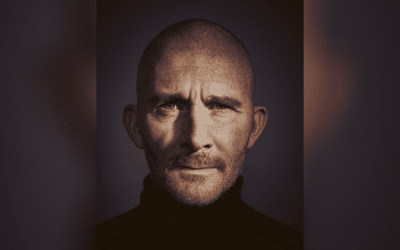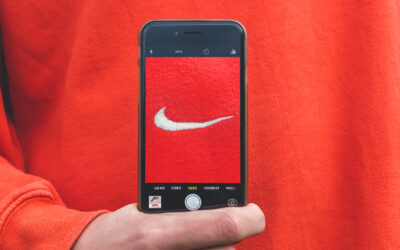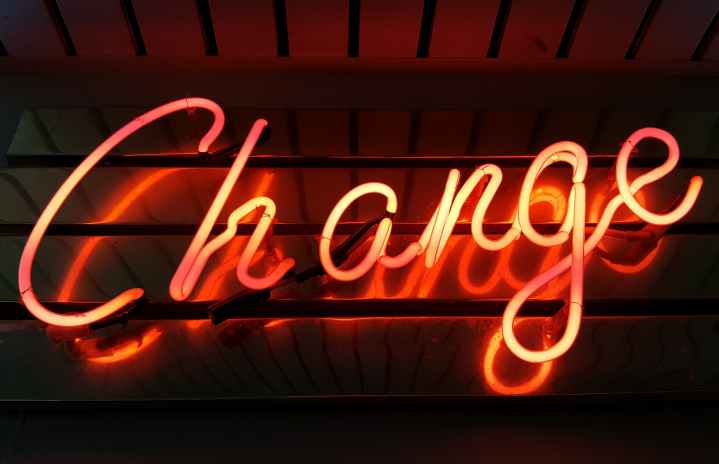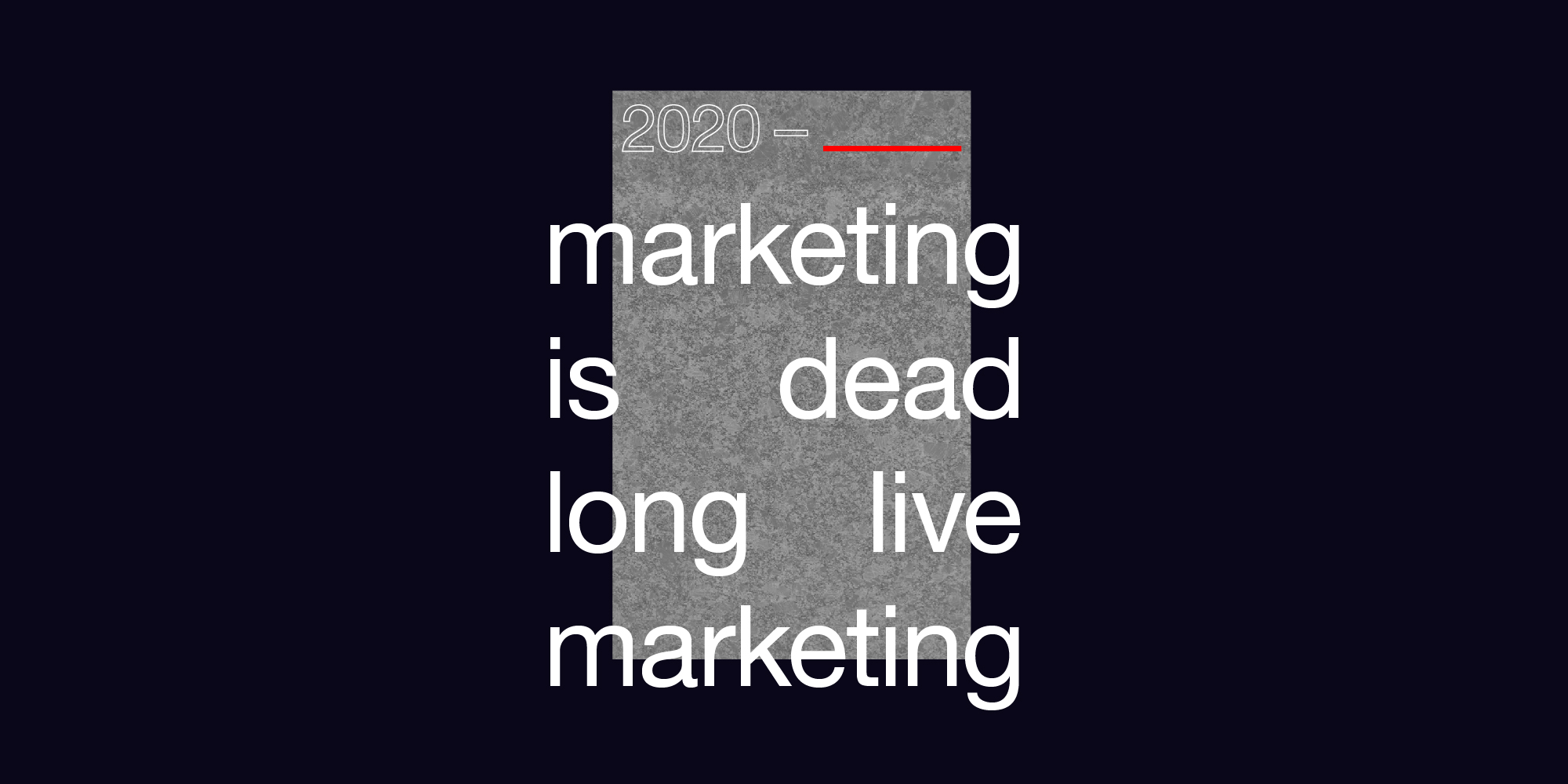People won’t behave as they did before. Brands shouldn’t either. They need to think and act differently – evolving to meet the shifts in consumer behaviour, buying and content consumption habits. This presents a unique opportunity: to rethink the way we work; to truly reflect the realities of today’s marketing landscape. Big changes are needed. But not necessarily big ideas.
COVID-19 could see off the big idea. There isn’t just one ‘big moment’ anymore. A new era needs a new idea. One that adapts to meet consumers where they are and how to actually affect them.
It’s time to think longer, not bigger.
‘Long ideas’ start to shape marketing post COVID-19. Seeing the world as consumers do, they don’t just last, they live. They’re designed to successfully balance short-term demands with long-term strategies. Deployed to outmanoeuvre and outlast competitors, delivering longer-term brand behaviours and campaigns.
Viewed this way, thinking longer offers an approach that works across three time horizons: ‘The now’ – what can be done to have immediate impact? ‘The near’ – what needs to be done in the interim to prepare and plan? And ‘the next’ – what needs to affect longer term impact?
Brands should embrace this change as new opportunities emerge. COVID-19 has revolutionised the digital landscape. From providers’ reliability to consumers’ ability to consume and connect, there’s been a significant rise across digital communication and social apps during the pandemic.
The surge in social extends to content consumption. With real-world gatherings on hold, social platforms have become key for maintaining connections. If content is king today, it’s emperor tomorrow.
This short-term explosion in e-communications should form the framework for long-term strategies for brands looking to grow their reach and connect with more digitally savvy consumers.
This also impacts the retail landscape. Old ways won’t open new doors. Consumer behaviour is changing in-line with the uptake of digital technologies. Add the larger environmental factors at play, and new ways of browsing and buying are emerging.
To stay ahead, brands need to adopt agile long-termism. History shows this is a winning approach. Lessons can be learned from past crises.
1939 – 1945. The world was at war. While many brands struggled, some innovated and thrived, like Coca-Cola. It wasn’t seen as ‘essential’, but sales boomed. Sugar was rationed so they had to find an alternative way to sweeten the drink. Their success got the attention of the US president. He commissioned Coke to supply the US army. The rest is history.
Wrigley’s is the same. They continued to advertise even though their products were often unavailable, encouraging people to only buy as much gum as needed, and ‘chew it for longer’. They also contributed to the war effort by giving up the tin-foil wrapper to meet the needs of the government, an action that fuelled consumer warmth towards the brand for decades after.
The moral of the story? Tough times don’t last. Smart brands do – adapting, changing, rethinking the ‘new normal’ they find themselves in. Getting upstream to change the problem they face. Getting creative within the limitations of the short-term to prosper in the long-term.
So, the journey is on… and it’s survival of the furthest. Brands embracing change and thinking longer can look forward to a brighter future. Today, tomorrow and beyond…













